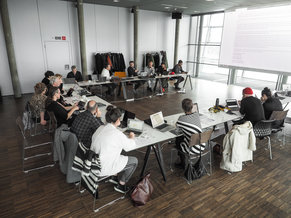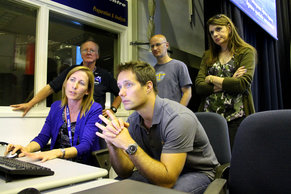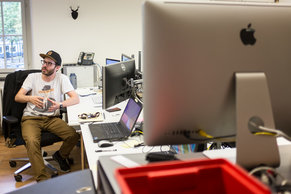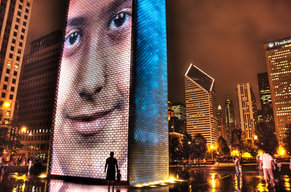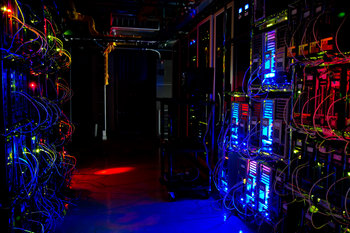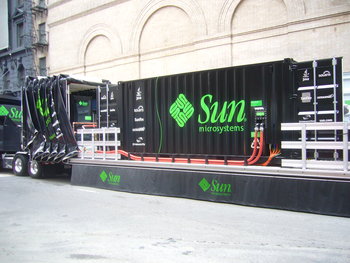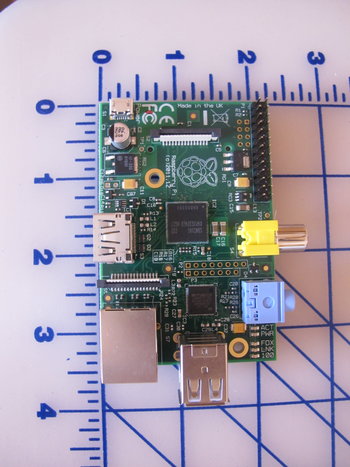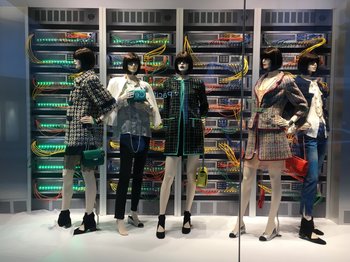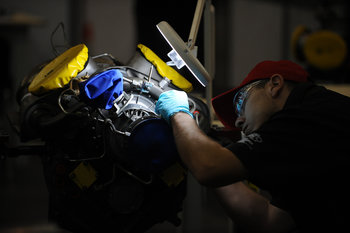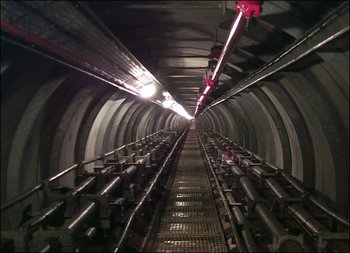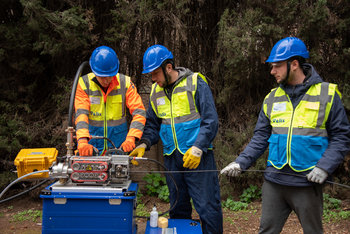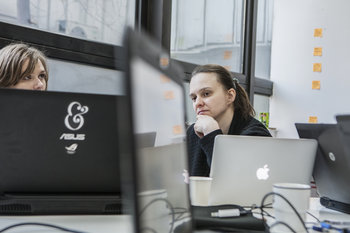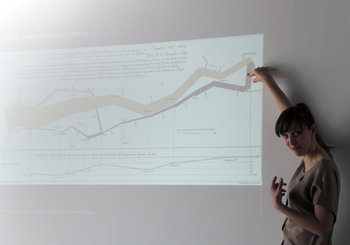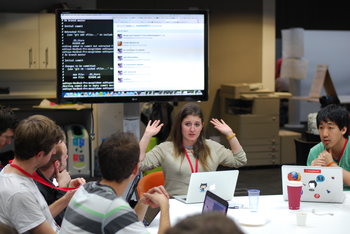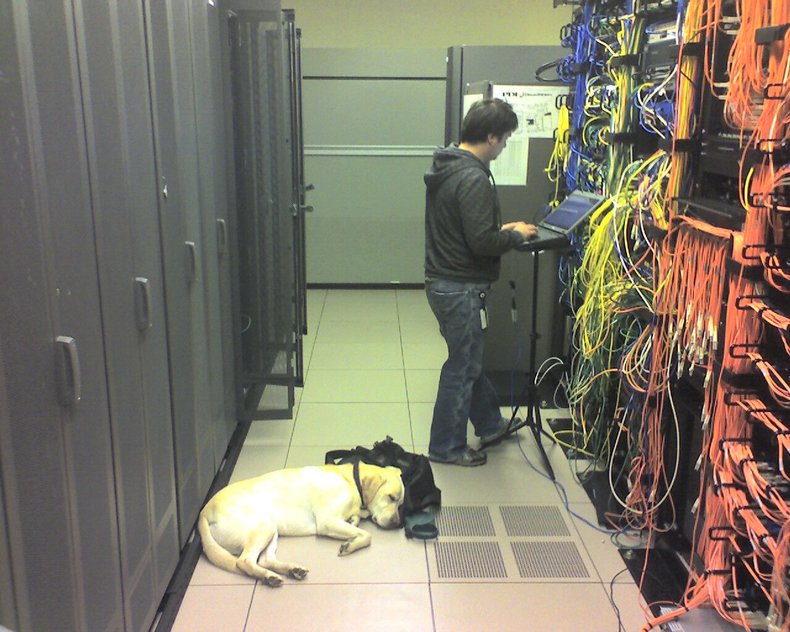
Computing Hardware
Computing units, data storage devices and other hardware deployed by customers or provided as a service by the data center.Racks
Data center hardware is typically mounted into racks that maximize the use of space in the facility. Racks may stretch towards the ceiling leaving just enough room for overhead cable systems, cooling and airflow.Technology Infrastructure
Network and security devices that provide foundational services such as internet connectivity.Connectivity
Data centers often have multiple fiber connections to the internet provided by multiple carriers.Facility
Data center buildings may be specifically designed as a data center. For example, the height of ceilings will match requirements for racks and overhead systems. In some cases, a data center occupies a floor of an existing building.Site
A data center requires a site with connections to grids, networks and physical infrastructure such as roads. Proximity to markets, customers, employees and services also play a role in selecting an appropriate site. Locating data centers in cold climates can reduce cooling costs.Power
Each machine in a data center may be dual-power provided with the data center having multiple grid connections. As such, the electrical infrastructure in a data center can be quite complex with features for distribution, switching and bypass of power.Cabling System
A system for managing the great length of cables that connect each machine in a data center to power, networks, devices and resources. It is common for data centers to have a raised floor for easy access to cables. Alternatively, some cabling systems hang from the ceiling.UPS
Uninterruptible power source systems that provide protection from short power outages and unstable power supply such as surges.Energy Production Systems
A system of backup power such as a generator with fuel storage. It is also common for data centers to have a solar panel system on the roof or nearby.Environment Control
Systems for cooling hardware and providing heating, ventilation, air conditioning, humidification and dehumidification for the facility. Cooling is a significant element of data center efficiency. Data centers may be specifically designed and operated to minimize the power required to cool equipment.Fire Protection
Active systems for fire protection such as smoke detectors and a fire sprinkler system. Passive systems such as fire-resistant barriers may also be used.Meet-me Room
An area for telecommunications companies to physically connect their networks and exchange traffic.Physical Security
Data centers are designed for security with few windows and features such as mantraps for access control. They are typically monitored with cameras and may have on-site security guards.Network Operations Center (NOC)
A room for operations staff with tools for monitoring, administering, maintaining and securing computing resources. A NOC may act as first line support that provide service desk, incident management and problem management services.| Overview: Data Centers | ||
Type | ||
Definition | A facility that houses information technology hardware. | |
Related Concepts | ||



